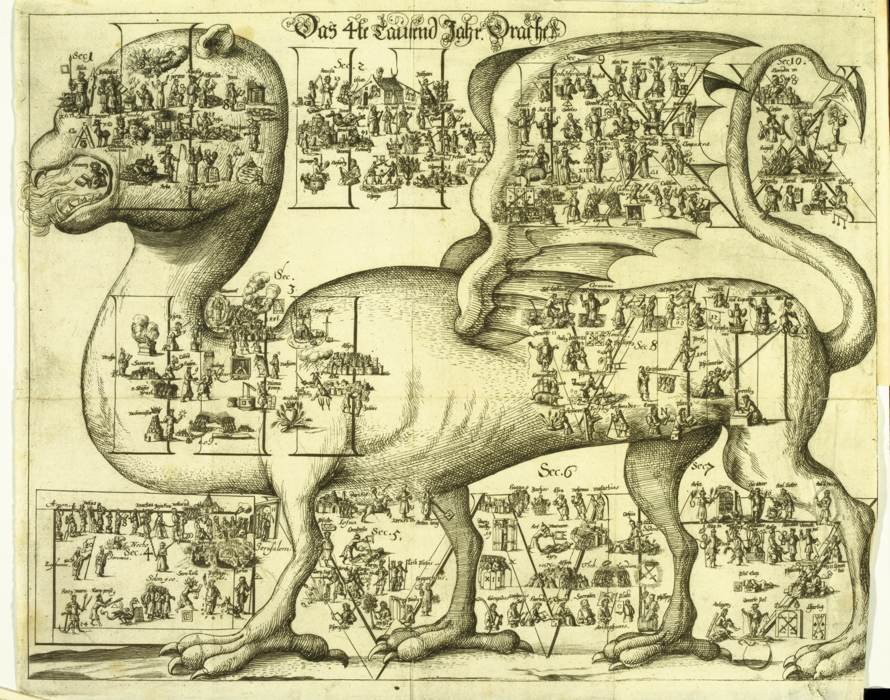The common view of language today seems the revolve around the idea of an "infinite semiosis"
of one kind or another. Words go from words to words in an intensional play among a network of
meanings. There is a cursory nod to reference, to the extension of things referred to by a
word, but it is soon forgotten in a fractal animation of possible tropes. With the question of
reference left behind, though, there can be no question of the truth and falsity for what is being said. And without any concern for truth and falsity, following
Frankfurt's definition, it's all bullshit.
The object, shifting to the Peircean terminology, is left behind and forgotten because (1) it is placed at the beginning of the process and (2) it is understood materialistically (as opposed to semiotically).
Object → Sign1 → Interpretant/Sign2 → … → Interpretant/Signn
Where we ostensibly start triadically, we are immediately proceeding within a dualism of sign and interpretant. It seems to me, the object should instead be at the center of each transition from sign to interpretant: Something more like:
Sign1 → Object → Interpretant/Sign2 → … → Object → Interpretant/Signn
a circular motion around the object that remains triadic. However, this also requires that we realize the object itself as a semiotic entity — let's say our diagrammatic understanding, such as it is, of the thing in question — rather than as an opaque material reality.

























